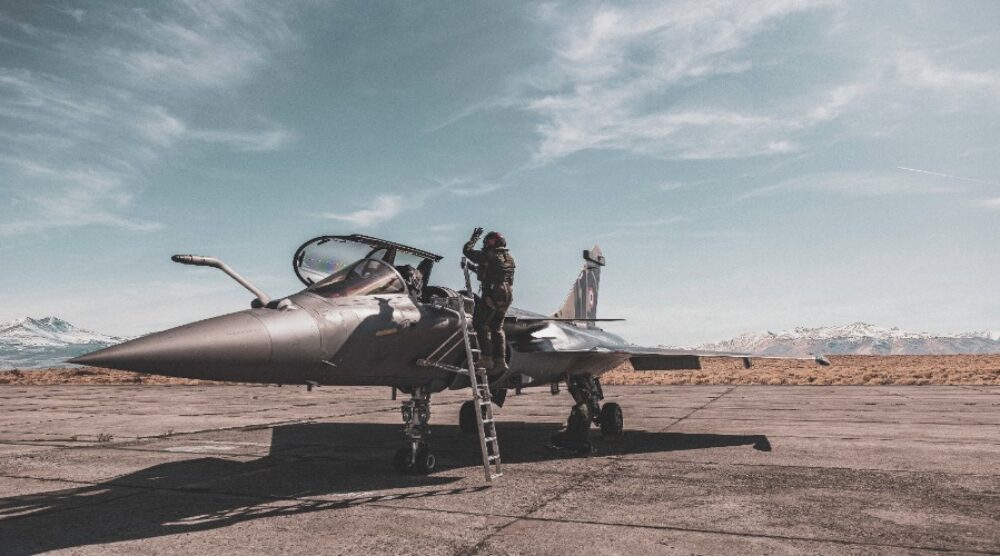In his seminal work, Logistics in the National Defense, Henry Eccles writes: “Logistics is the bridge between our national economy and the actual operations of our combat forces in the field.” It’s a pithy description that gets to the heart of the matter, stimulating thinking. Crucially the bridge has two ends: one in society and the other at the frontline. This post concerns the former: the end located within the national support base. That end of our logistic bridge needs to start transforming.
The Australian national support base is changing. Digital transformation is impacting Australia’s major seaports, supermarket chains, package distribution, construction industry and even deep into our homes. The path that such transformation can take is becoming evident in Australia’s mining industry, a world-leader in digital transformation. A recent study sees the application of digital technology in this industry sector across this decade in three stages.
In today’s mining industry many companies have embraced automation involving individual, semi-autonomous vehicles developed as proprietary products by a handful of Original Equipment Manufacturers (OEM) and which are not interoperable. By 2025, mines will include smart sensors, autonomous vehicles, limited self-learning systems and some equipment from different OEMs that can operate together. By 2030 and beyond, mines will feature autonomous machines working with other autonomous machines to complete tasks. Open source platforms will integrate readily with other similar platforms allowing machine-to-machine communications and real-time data exchange so they can self-learn and make decisions. Imagine if Defence’s facilities could be like that?
Please click here to read the full “Logistics, digital transformation and future logisticians?” article published at Logistics In War, written by Griffith Asia Institute visiting fellow, Dr Peter Layton.








